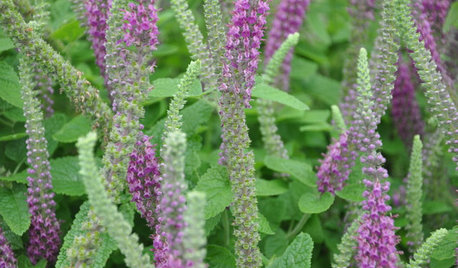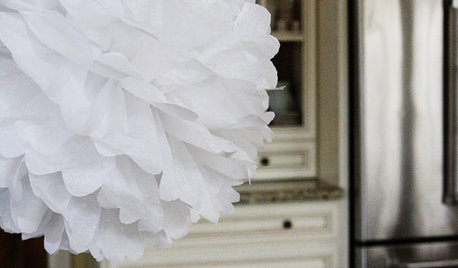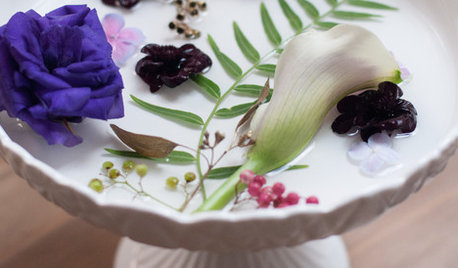carnations
bears48
17 years ago
Related Stories

DECORATING GUIDESTop 10 Interior Stylist Secrets Revealed
Give your home's interiors magazine-ready polish with these tips to finesse the finishing design touches
Full Story
FEEL-GOOD HOME9 Smells You Actually Want in Your Home
Boost memory, enhance sleep, lower anxiety ... these scents do way more than just smell good
Full Story
SPRING GARDENINGTop 10 Scented Plants for Your Garden
A palette of perfumed plants can transform even the smallest of gardens into a sensory delight
Full Story
PINKThe Pink Link — Learn the Secrets of a Decorating Darling
Is it the kiss of death for masculine rooms? Can it soothe a psyche? Discover the history and theories behind this delightful color
Full Story
PRODUCT PICKSGuest Picks: Stretch Out Summer With Outdoor Lights
Don't let shorter days spoil the party. String lights, flameless candles and lanterns can brighten patios beyond summer
Full Story
DECORATING GUIDESHandmade Home: The Paper Pompom
Put your own spin on these fluffy, pretty paper poufs for parties, dinners or year-round décor
Full Story
SHOP HOUZZShop Houzz: Style Flowers Like a Pro
The right tools, creative vessels and tips make arranging flowers easy
Full Story
DECORATING GUIDESDecorating Advice to Steal From Your Suit
Create a look of confidence that’s tailor made to fit your style by following these 7 key tips
Full Story
COLORBathed in Color: When to Use Pink in the Bath
Even a sophisticated master bath deserves a rosy outlook. Here's how to do pink with a grown-up edge
Full Story
DECORATING GUIDESHouzz Call: Show Us Your Christmas Tablescape
Do you bring out the good silver, candles, berries and greens for your holiday table? If so, we'd like to see it
Full StorySponsored
Franklin County's Custom Kitchen & Bath Designs for Everyday Living
More Discussions






dogdaze3001
shadowflower13
Related Professionals
Camas Landscape Architects & Landscape Designers · Eden Prairie Landscape Architects & Landscape Designers · Kenmore Landscape Architects & Landscape Designers · Wilmington Landscape Contractors · El Reno Landscape Contractors · Lorain Landscape Contractors · Ringwood Landscape Contractors · San Carlos Park Landscape Contractors · Shoreview Landscape Contractors · Uxbridge Landscape Contractors · Hayward Carpenters · Livingston Carpenters · Clermont Fence Contractors · East Haven Fence Contractors · Salt Lake City Fence ContractorsFrozeBudd_z3/4